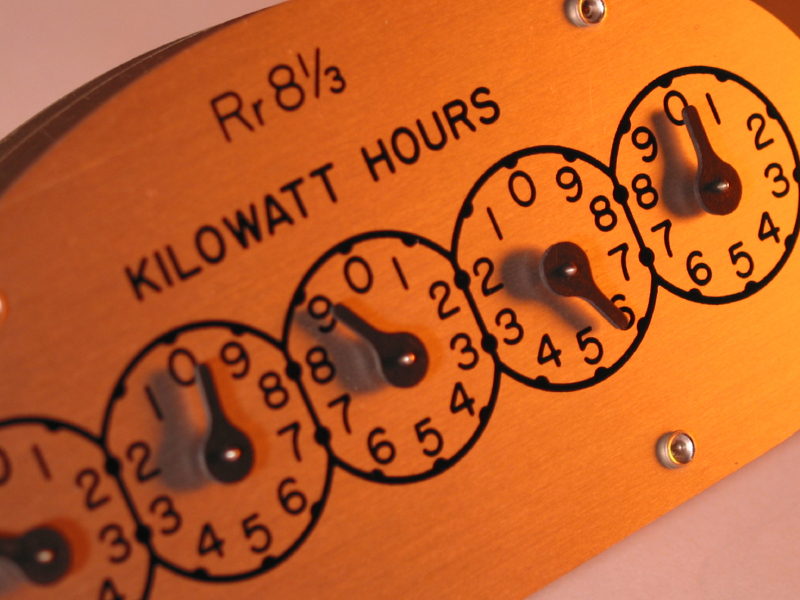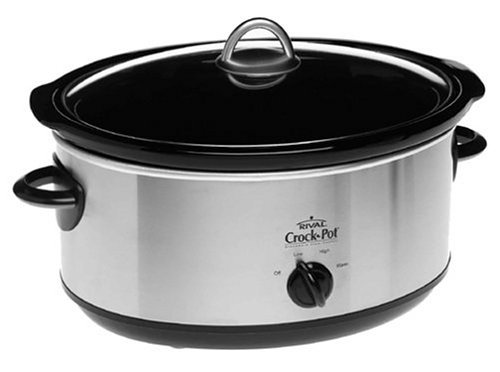Sometimes, it’s the littlest things you can do that can have the biggest impact over time. This is the case when you implement a few but effective changes in how you use electricity that will result in slashing your energy bills.
In mid-summer, it’s hard to cool down a home. Turns out, there are several ridiculously simple things you can do to radically reduce your energy bill – and they don’t require a large investment of your time or money. Here are a few easy ways to successfully cut down on your energy bill:
1. Use heat-producing appliances only after the sun goes down.
Obviously, a hot oven turned on in the middle of the day when it’s the hottest, forces the air conditioner to struggle to keep your home at a comfortable level. The same is true for dishwashers and clothes dryers. Try to only use them at night when the temperature has significantly dropped outside.
2. Properly seal your home.
Most people have no idea how much money is leaking out through small cracks in and around the perimeters of their windows and doors. According to Consumer Reports, sealing various leaks throughout your home can decrease energy costs by as much as 15% – 30%. It’s fairly simple to pick up some weather-stripping and a tube of caulk at your local hardware store to seal your cracks as well as save your dollars.
3. Stop cooling your home when everyone’s gone.
If you don’t have a programmable thermostat, you need to buy one as soon as possible and program it according to your family’s lifestyle schedule. You’ll be amazed at how much money this will save you in terms of your energy bill in a very short period of time. It’s a no brainer, and it’s super easy to set up. Also, close off any rooms not in use to save even more energy.
4. Unplug all your electronics.
This should go without saying, but when not in use, unplug any phone chargers, tablet chargers, camera battery chargers, etc. – leaving them plugged in, will slowly drain your piggy bank little by little. The best way to address this is to simply plug all your devices into one power strip so you can easily shut them off once they’re charged. On another note, Consumer Reports additionally discovered that by simply putting your computer(s) on standby, you can save as much as $75 per year.
5. Use cold water to wash your laundry.
According to the experts, washing your clothes in cold water, rather than hot, can save you an amazing $156 per year on your energy bill.
6. Replace your air filters each month.
Make it a point to change your air filters on a monthly basis – mark it on your calendar if you have to. Dirty air filters account for a great deal of wasted energy since your AC system has to work harder and run longer.
7. Use your crock pot to cook a few meals in the heat of summer.
A preheating oven will quickly turn your home into a warm sauna. A crock pot, on the other hand, uses a considerable less amount of energy and won’t turn your kitchen into a sweathouse. Large-sized crock pots can easily cook a big meal for an entire family.
8. Consider air-drying your clothes.
If you have the space, consider drying your clothes inside your house on hangers if possible, or outside if you like since clothes dryers use a considerable amount of energy.
9. Save energy through your light bulbs.
Experts claim you should always shut off any lights when you’re not using them, and you could potentially save more than $270 per year; replace ten 60-watt bulbs with energy-saving compact fluorescents in order to save over $120 a year; and by turning off just one 100-watt bulb from constantly running could easily save you over $125 a year.
10. Turn on fans and shut off the central air conditioning.
Traditional fans cool off a room quickly. Consider using a few fans in a room you’re occupying rather than turning up the AC to cool the entire home. It could literally save you up to $420 a year.
Incorporating a few or all of these energy-saving tactics will produce a significant amount of savings and do not require a lot of your money or time. Also, keep in mind that home warranties can protect you from the expense of replacing appliances and energy systems that wear down over time.


